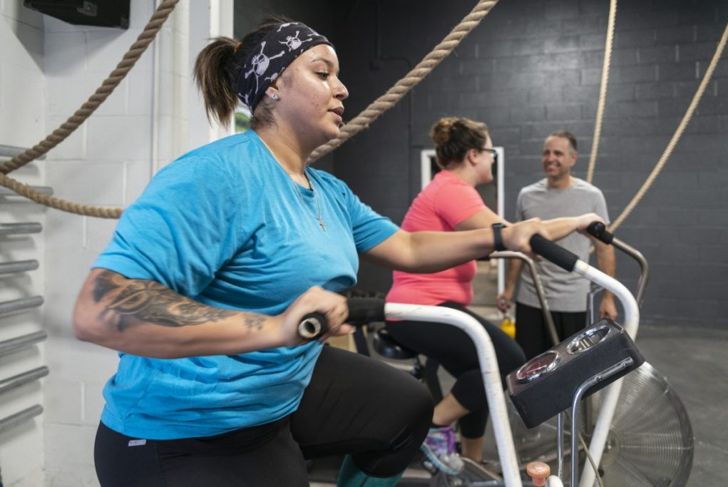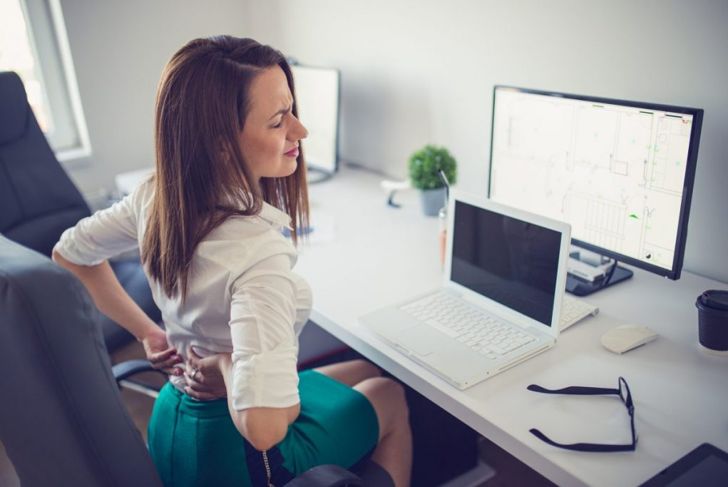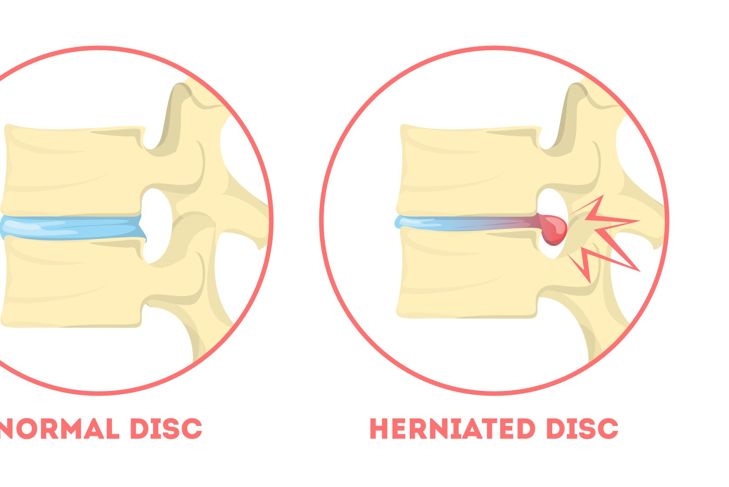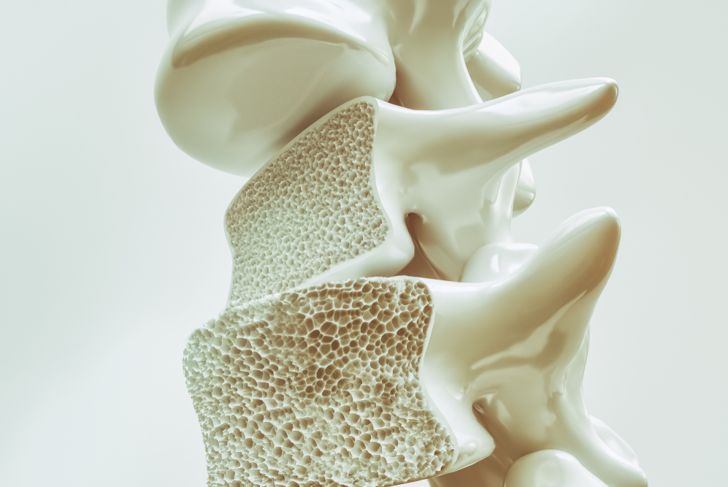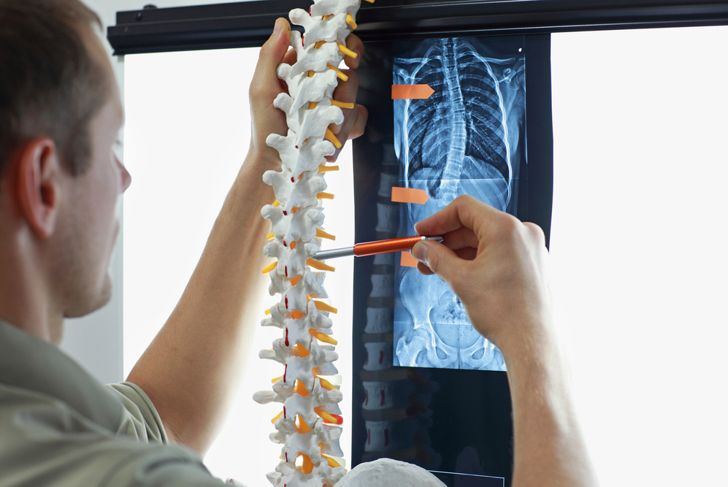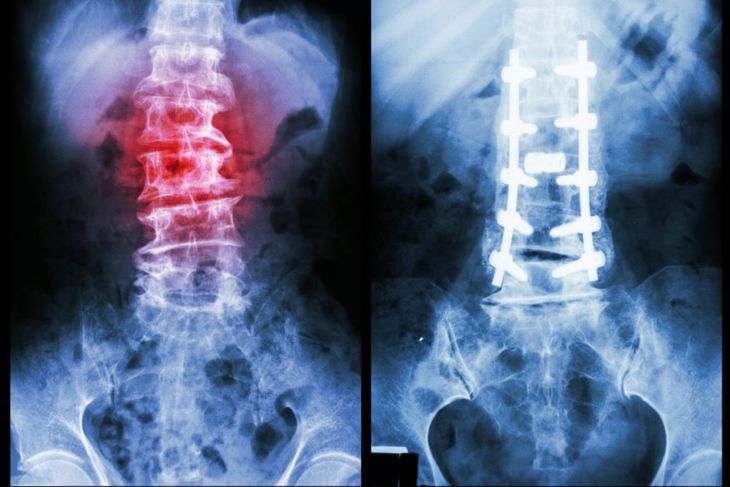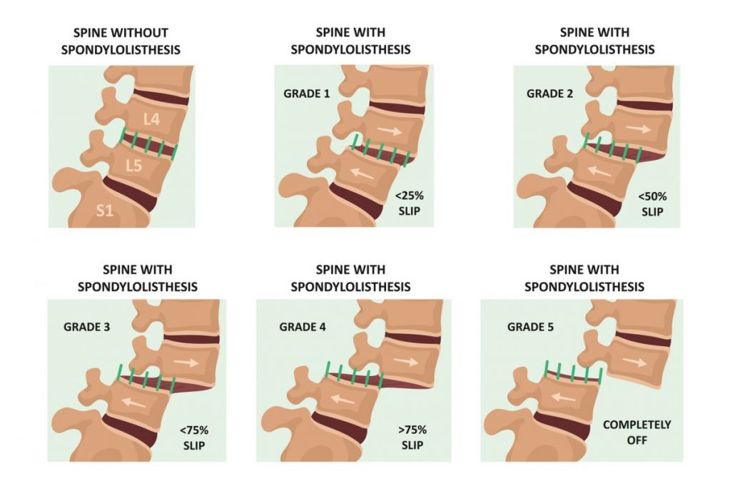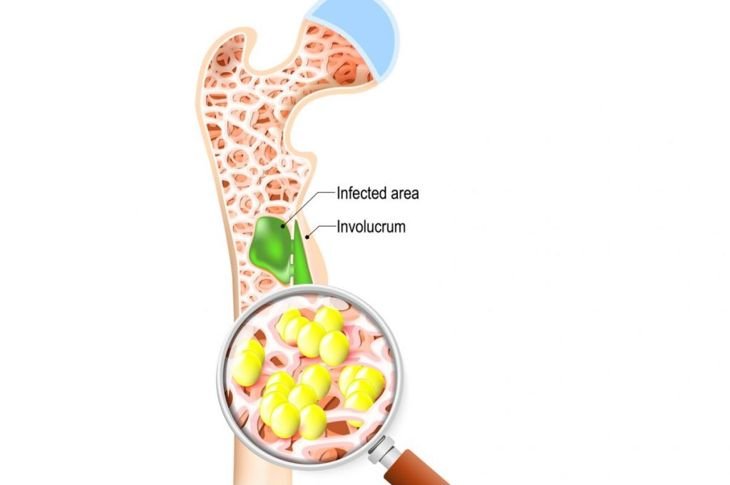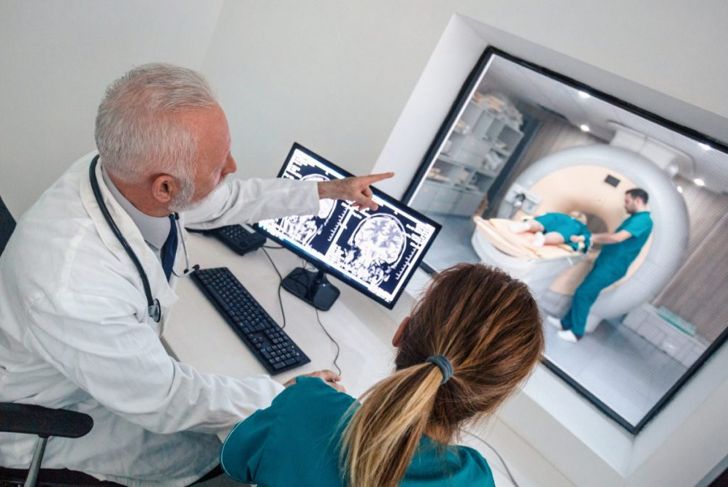According to the American Chiropractic Association, 80% of the population experiences back pain at some point in their lives. The spine is a focal point of all human movement, and it is one of the few “minor” ailments that can force people to take days off from work. In many cases, remedies are simple, but for those with chronic back pain, the symptoms may persist or keep returning even with treatment.
Weight
Studies show that when it comes to the effect of weight and height on spinal load, weight had a stronger effect than height in most cases. Obesity brings with it a greater risk of back pain, specifically in the lower back, for at least one-third of people. In fact, studies show the risk of developing lower back pain is directly correlated with a person’s body weight. Carrying excess weight in the abdomen and pelvis is most problematic because it shifts the pelvis forward, placing excess strain on the lower back. To alleviate back issues, doctors recommend a maintainable weight loss and exercise regimen.
Muscle Strain
Muscle strains are the most frequent cause of back pain. The most common are those that affect the lumbar muscle, caused by stretching and bending in abnormal ways that make the ligaments stretch or tear. The pain can be acute or build up over time and become debilitating. Doctors no longer recommend bed rest for most lower back pain. Lying in bed increases muscle stiffness and, over time, it can lead to muscle loss. Staying active, supplementing with medication, and alternating hot and cold treatments can help with long-term relief and management.
Herniated Disc
Between the vertebrae are discs of jelly-like cartilage that prevent the bones from rubbing against each other. Whether due to injury or wear and tear, this cartilage can rupture and apply pressure to the nerve root, causing back pain. Herniated discs are the source of sciatica, which occurs when a nerve root is so irritated that shooting pain or numbness affects one or both legs. Initially, doctors may recommend rest and physical therapy techniques to strengthen the back. Some people with herniated discs require medications or surgery.
Osteoporosis
As people age, they often lose bone mass, which results in height decreases and loss of bone strength. Individuals with osteoporosis also tend to be hypersensitive to pain. Breaks become more likely, and pain caused by fractures may be compounded because the body must make adjustments to compensate for this damage. Treatment for osteoporosis varies but may include calcium, vitamin D supplements, and medications.
Scoliosis
Many associate scoliosis with children and back braces, but according to a 2005 study, degenerative scoliosis is prevalent in as many as 60% of adults over the age of 60. In people with scoliosis, the natural front-to-back S-shape of the spine is more of a side-to-side C-shape. The deformity causes pain when doing the simplest activities, including standing straight or walking. The discs and joints shift, causing imbalances that manifest as back and leg pain. Physical therapy to help improve back dynamics is the first line of treatment.
Spondylosis
In the U.S., approximately 27 million people deal with osteoarthritis. Lumbar spine osteoarthritis accounts for as much as 85 percent of back pain felt by Americans. Spondylosis occurs when the cushioned spaces between the discs thin, and bone spurs or osteophytes form on the joints and cause pain and stiffness. The standard treatment includes self-care, medications, physical therapy, and, sometimes, acupuncture.
Spondylolisthesis
Where a herniated disc comes from the cartilage padding slipping out of place, spondylolisthesis occurs when the bony vertebrae itself slides forward on to the vertebrae beneath it. The lower verterbrae are most susceptible to spondylolisthesis. Many issues, including osteoporosis, make the spine so weak that the discs slip out on their own, leading to muscle strain and spasms across the lower back and hamstrings. Management depends on the grade of the slip.
Spinal Stenosis
Spinal stenosis occurs when the narrowing of the spinal column puts pressure on the nerves running through it, causing pain and other symptoms such as numbness and weakness. The condition can affect any part of the spine, but the lumbar region is most common. Typically, between eight and 11 percent of U.S. adults 50 and older develop spinal stenosis, stemming from spinal injuries, herniated discs, and other issues. Treatments to relieve pain range from analgesic medication to surgery.
Vertebral Osteomyelitis
Osteomyelitis is an infection of the bone. Approximately three to five percent of osteomyelitis cases are the vertebral, primarily affecting the lumbar spine. The pathogen can be bacterial, viral, or fungal, and Staphylococcus aureus is a common culprit. The infection finds its way into the blood after certain spinal procedures, creates inflammation, and begins to destroy bone and tissue. Depending on the infection, doctors may consider surgery to remove or replace infected bone.Otherwise, intravenous antibiotics are the standard treatment.
Cancer
Rarely, experts make a connection between back pain and cancer. Certain kinds of bone cancer are direct causes, while cancers that have metastasized may cause masses to develop on the vertebrae in the spine or in locations that put pressure on the back. In some cases, chemotherapy drugs cause nerve pain, resulting in a painful condition called peripheral neuropathy.

 Home
Home Health
Health Diet & Nutrition
Diet & Nutrition Living Well
Living Well More
More